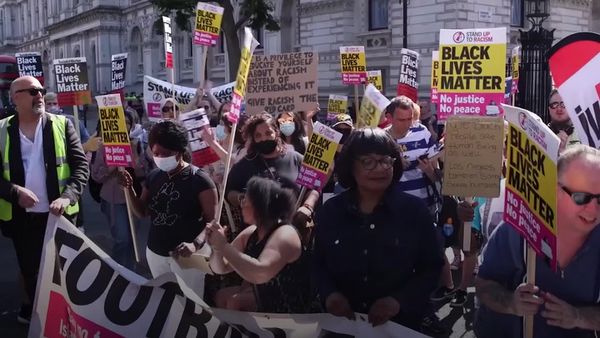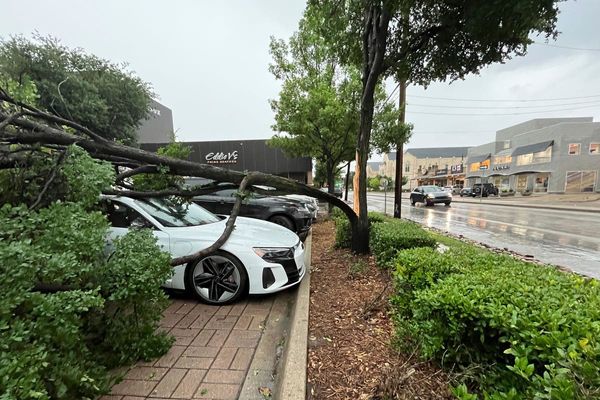
Sara Stace has a simple proposal that could save hundreds of kids' lives, but she knows it's still a tricky sell.
Ms Stace is an urban policy expert and a member of Better Streets - a coalition campaigning to make roads safer - and she wants governments to reduce speed limits across all local roads to 30km/h.
"I want my kids to be able to walk to school without dying," she told AAP.
"I don't think that's too big an ask."
Despite a nationwide target to halve road deaths by 2030, pedestrian fatalities have skyrocketed.
South Australia on Wednesday reached the macabre milestone of 15 pedestrian deaths this year after a man was hit by a truck in Adelaide. That's already more than double the figure from all of 2022.
The trend is not unique to SA.
In NSW, 45 pedestrians have died compared to 37 last year while Queensland has also eclipsed its tally from 2022.
Ms Stace argues bold action is needed.
But despite the tragic statistics, enacting real change has proved challenging.
The most impactful - and politically difficult - change would be to lower speed limits across all local roads to 30km/h, a measure recently implemented in Wales.
"It adds at most a few seconds to your driving trip," Ms Stace said.
"My eight year old was in fact walking to school and he did get hit by a car. Luckily the driver was going less than 30km/h.
"If that driver had been going 5km/h faster, my child probably wouldn't be alive today.
"And so that's what I tell politicians: do you want to save children's lives or not?"
A pedestrian hit by a car at 50km/h has a 90 per cent chance of dying but plummets to 10 per cent at 30km/h, according to Transport for NSW.
A UK study found simply reducing road speed had an immediate 11 per cent reduction in fatalities.
When implemented in tandem with traffic calming measures, such as raised pedestrian crossings, narrower roads and building out kerbs to force cars to slow down, a 41 per cent reduction in fatalities was observed, Ms Stace said.
The proposal has started to garner support in some jurisdictions.
Transport for NSW in July updated its speed zoning guidelines to recommend 30km/h limits in areas with high pedestrian activity and called for more wombat crossings - like zebra crossings but raised to footpath height to slow vehicles and prioritise pedestrians.
Sydney's Inner West Council earlier in October resolved to reduce local speed limits to 40km/h, with plans to bring it down further to 30km/h.
But the road to reform hasn't been without its speed bumps.
The NSW government backflipped on a 30km/h zone in Sydney's southwest in 2022, reinstating a 40km/h limit in Liverpool's CBD after intense backlash from the community and local mayor Ned Mannoun.
In SA, a number of high pedestrian areas already have 30km/h limits in place, Police Minister Joe Szakacs said.
While he would not commit to dropping the limit on all local roads, Mr Szakacs said the state's road safety strategy aims to improve pedestrian safety by changes to intersections, separated bike routes, crossing facilities and reduced speed zones.
The Royal Automobile Association of South Australia also refused to support a blanket 30km/h limit but said reduced speed zones in high pedestrian areas should be considered on a case-by-case basis.
Inattentive drivers or pedestrians, unsuitable infrastructure and driving or walking under the influence have all contributed to the rise in deaths, RAA senior traffic engineer Matt Vertudaches said.







